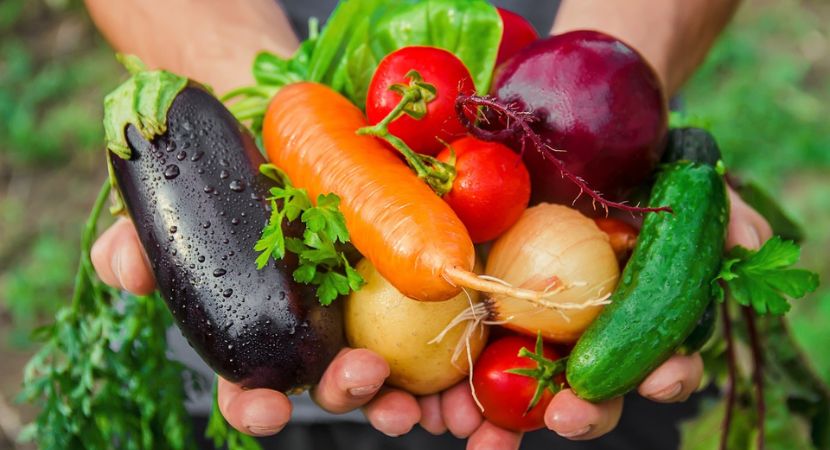In today’s fast-paced world, the desire for sustainable living and self-sufficiency has led many individuals to consider growing their own vegetables. Not only does cultivating your own produce provide a sense of accomplishment, but it also ensures a fresh and healthy food source right at your fingertips. However, for beginners, the process of growing vegetables from seed to harvest may seem daunting. Fear not! In this comprehensive guide, we will walk you through each step of the journey, empowering you to successfully grow your own vegetables with confidence.
Choosing the Right Seeds
The journey of growing your own vegetables begins with selecting the right seeds. When choosing seeds, consider factors such as your climate, available space, and personal preferences. Opt for high-quality seeds from reputable sources to ensure a successful harvest. Additionally, consider whether you want to grow vegetables from traditional seeds or explore the world of heirloom varieties, each offering unique flavors and characteristics.
Preparing the Soil
Once you’ve selected your seeds, it’s time to prepare the soil. Healthy soil is the foundation for a thriving vegetable garden. Start by clearing the area of any debris and weeds. Then, loosen the soil using a shovel or garden fork to improve aeration and drainage. Incorporate organic matter such as compost or aged manure to enrich the soil with essential nutrients. Aim for a soil pH level that is optimal for vegetable growth, typically between 6.0 and 7.0.
Planting Seeds
With your soil prepared, it’s time to plant your seeds. Refer to the instructions on the seed packets for specific planting depths and spacing requirements. As a general rule of thumb, plant seeds at a depth that is two to three times the diameter of the seed. Keep in mind the recommended spacing between plants to allow for adequate air circulation and room for growth. Water the newly planted seeds gently but thoroughly to ensure proper hydration.
Providing Care and Maintenance
Once your seeds have germinated, it’s crucial to provide ongoing care and maintenance to support their growth. Regular watering is essential, especially during dry periods, to keep the soil evenly moist. Mulching around your plants can help retain moisture and suppress weed growth. Monitor your garden for signs of pests or diseases, and take appropriate action to address any issues promptly. Additionally, consider incorporating organic fertilizers to provide a nutrient boost to your plants as they grow.
Harvesting Your Vegetables
As your plants mature, the time will come to harvest your vegetables. The ideal time to harvest will vary depending on the type of vegetable you are growing. Refer to specific guidelines for each crop to determine the optimal harvesting time. When harvesting, use sharp garden shears or scissors to avoid damaging the plant. Be sure to harvest regularly to encourage continuous production throughout the growing season.
Conclusion
Embarking on the journey of growing your own vegetables is a rewarding experience that offers countless benefits. By following the step-by-step guide outlined above, you can cultivate a thriving vegetable garden right in your backyard. From selecting the perfect seeds to harvesting the fruits of your labor, each step plays a crucial role in the success of your garden. So roll up your sleeves, dig in the dirt, and enjoy the bountiful harvest that awaits you!
